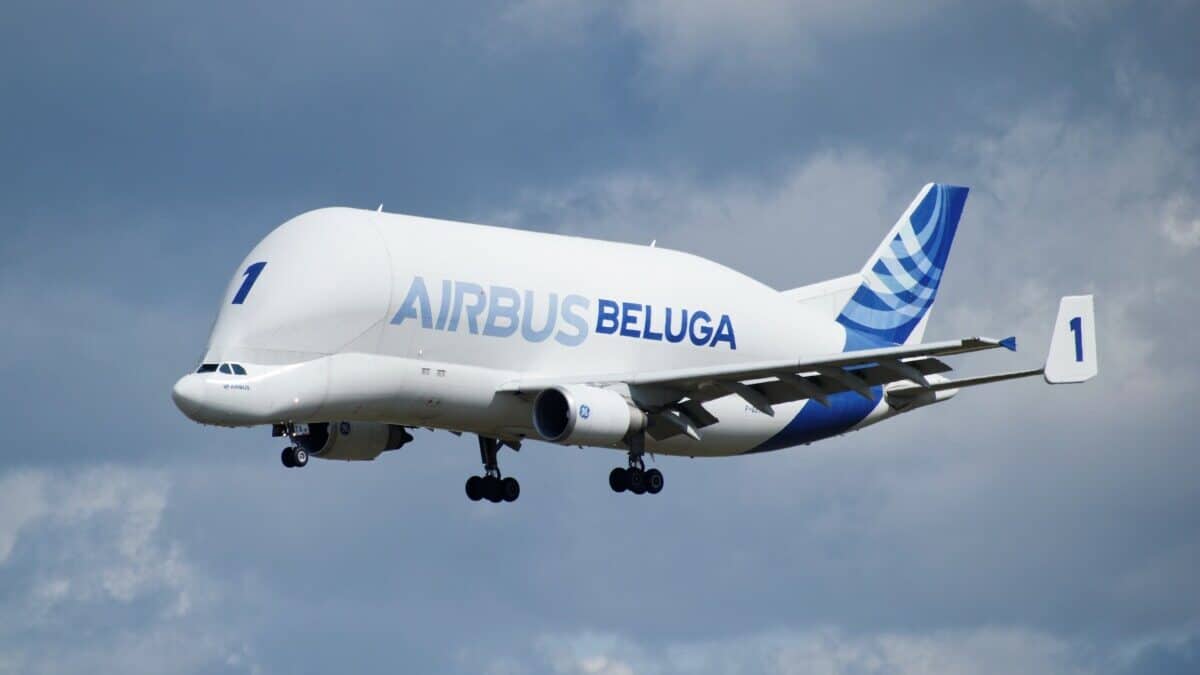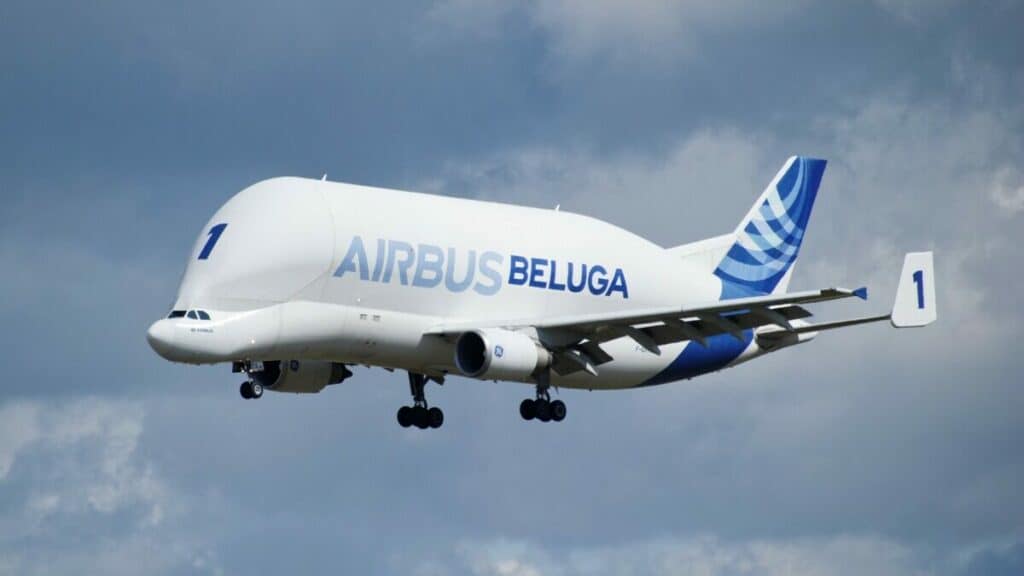
If you have ever been to an airshow, fly-in, or aviation museum the vast variety of airplanes is truly staggering. Even though I have been an aviation enthusiast my entire life I still find new airplane types that draw my curiosity.
Airplanes types can be split up into military and civilian containing passenger transport airplanes, cargo, aerobatic, combat fighters, bombers, training & pleasure aircraft, bi-planes & tri-planes, multi-role airplanes, and then purpose-built airplanes like the Airbus Beluga or Nasa’s Shuttle Carrier.
There are so many different types of airplanes, so in this article, we are going to break down certain groups and see what type of airplanes they hold.
To begin with, airplanes can easily be classified into 2 groups:
- Military-Use Airplanes
- Commercial-Use Airplanes
Military-Use Airplanes
No matter the country, most military forces will have several types of airplanes to suit their needs. Below are the most common types of military airplanes:
1. Fighter Jets
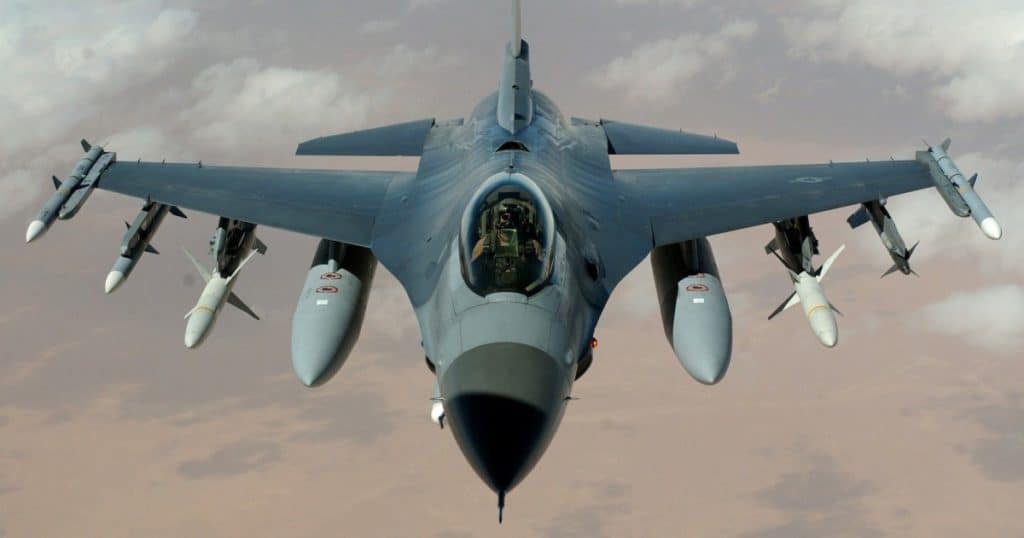
These are airplanes used for the purpose of striking enemy targets on the ground, at sea, and in the air. Traditionally these types of airplanes were used in close-quarter ‘Dog Fights’ but with modern technology, the distance required to engage between the aircraft and its target has dramatically increased.
These airplanes are highly maneuverable and are by far the most technologically advanced type of airplane in the world. They are usually equipped with machine guns, missiles, and or bombs.
Types of Fighter Jet Airplanes:
(All aircraft links to Wikipedia)
2. Bomber Airplanes
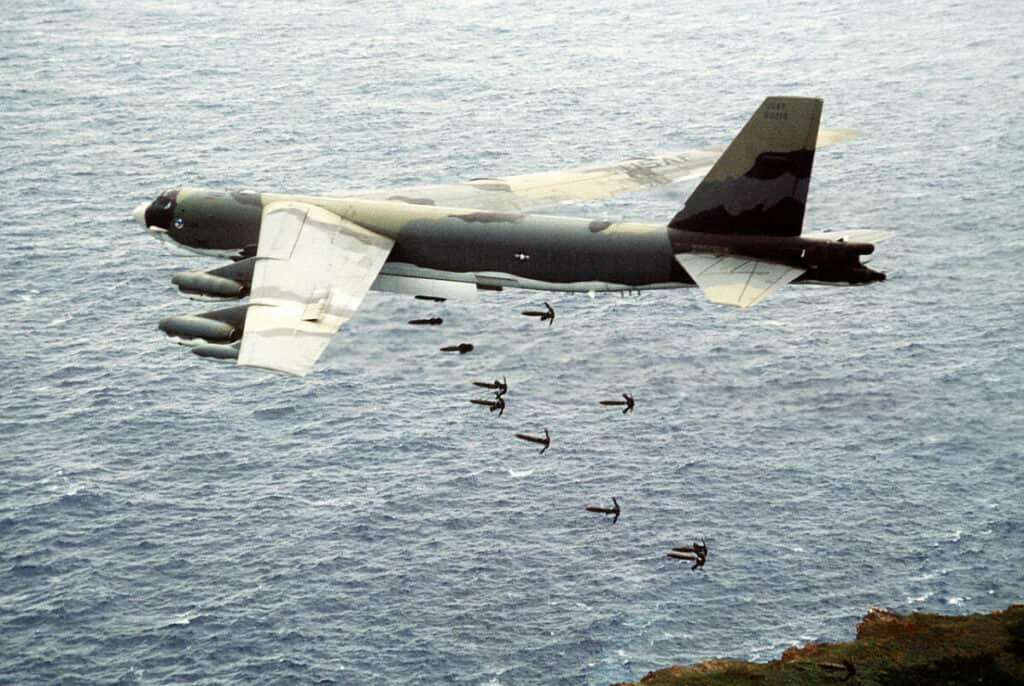
Bomber airplanes have been the backbone of most military forces since the dawn of aviation. Tasked with carrying large amounts of ordinance deep into enemy territory they are usually the first wave of attack to neutralize enemy ground-based defenses.
Being large and relatively slow, the bombers are purposely designed to fly high and far, often requiring multiple air-to-air refuels during their missions. With the advent of stealth technology, many latest-generation bombers are now completely undetectable to all but the most sophisticated enemy radar detection systems.
Types of Bomber Airplanes:
3. Transport Airplanes
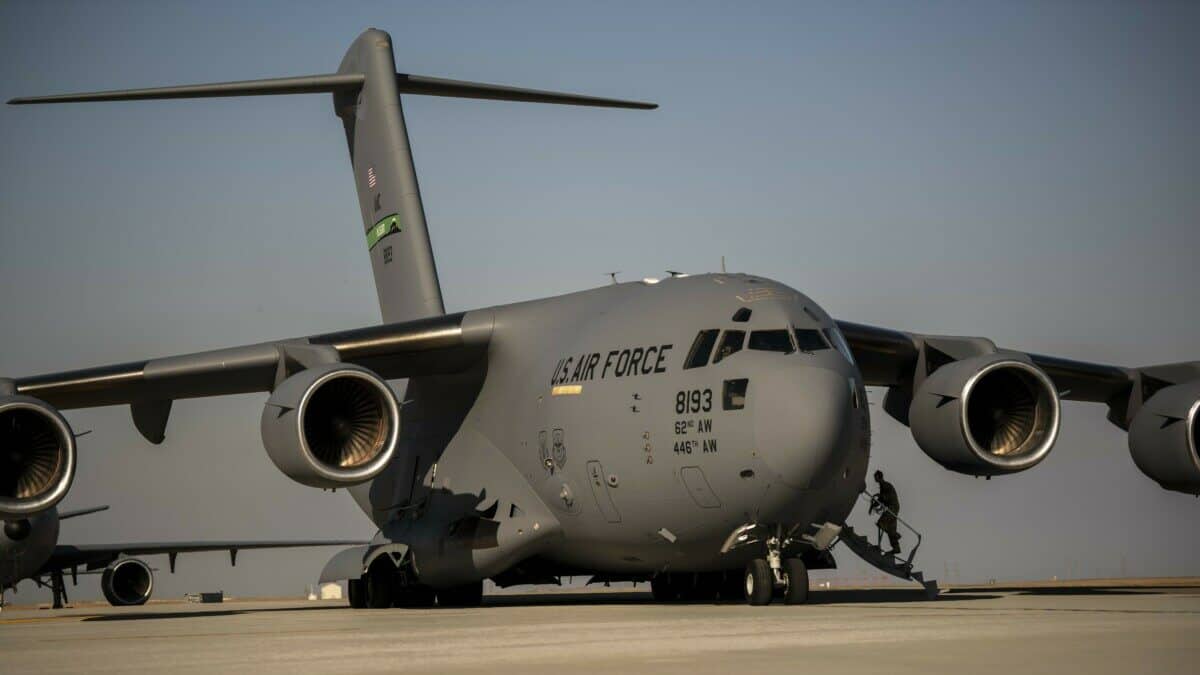
When a military force needs to get troops and equipment onto the ground they turn to their transport airplanes. Designed to be highly configurable and lift incredibly heavy payloads over very long distances these airplanes allow its military commanders to set up bases anywhere in the world.
They are primarily used for initial insertion and then ongoing resupply. These behemoths of the sky are the logistics backbone. In times of natural disaster, they can also be used to quickly bring help, aid, and support to ravaged parts of the world.
Types of Transport Airplanes:
4. Surveillance Airplanes
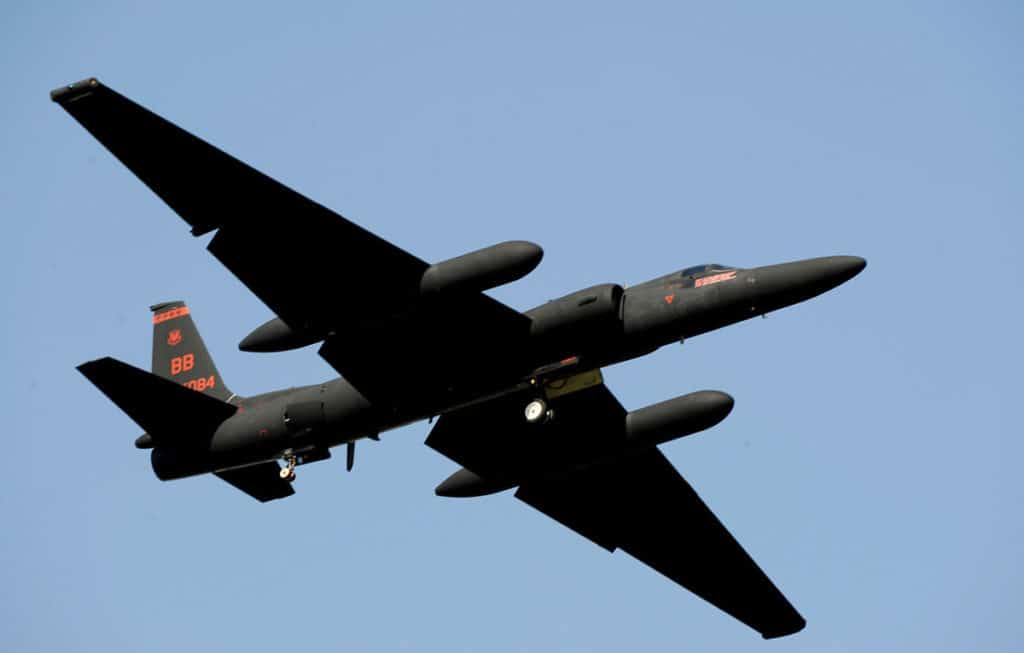
The best way to know what an enemy is up to is to watch them. The constant game of cat and mouse is dominated by high-flying aircraft that give their military commanders an undetected view of their enemy.
Although most reconnaissance is now undertaken by drones and satellites you can still find a few purpose-designed surveillance aircraft in the skies. Whether they are launched off a ship or from another continent these airplanes play a vital role in providing intelligence to their military commanders.
Types of Surveillance Airplanes:
5. Training Airplanes
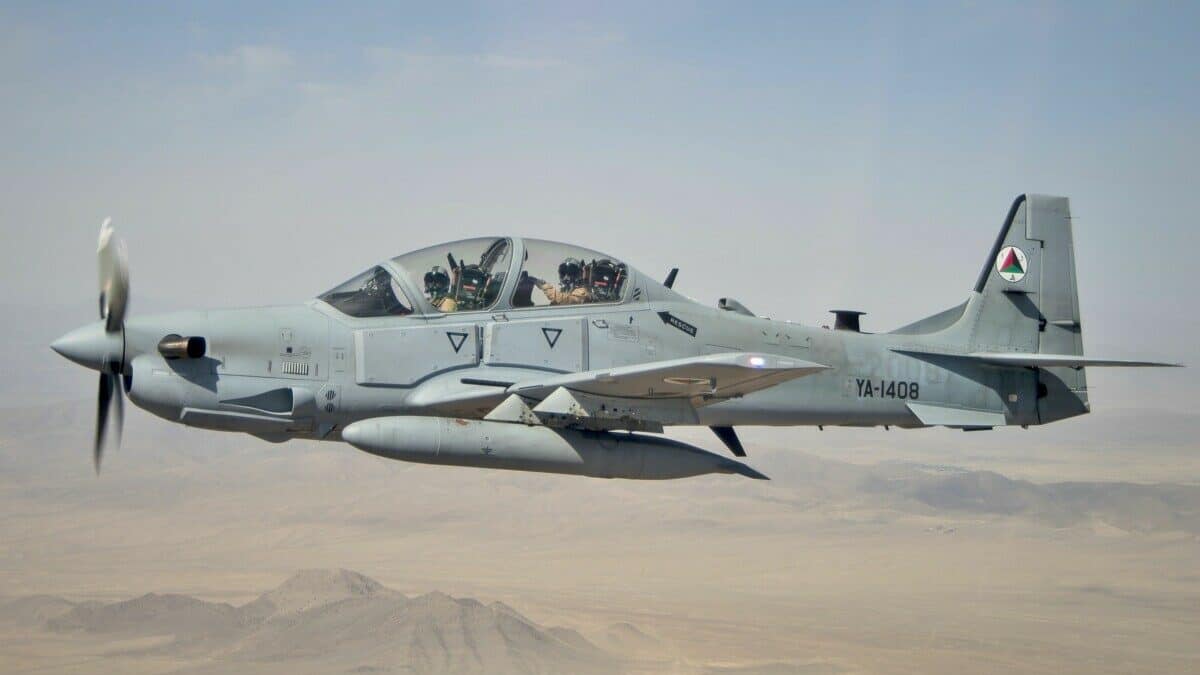
To learn to fly for the military it needs to have a selection of easy-to-fly training aircraft. All pilots begin with their basic training and then progress up to more specialized aircraft depending if they are selected to fly fast jets, bombers, cargo, or helicopters.
All pilots start off like their civilian counterparts, learning the basics of flight in very simple, piston-powered, single-engine airplanes. They then transition into multi-engine, jet-engine, and high-performance aircraft while passing many flight and written examinations along the way.
Types of Training Airplanes:
Learn More…
Try These Articles:
* Why Do Airplanes Have Different Shaped Wings?
* Narrowbody & Widebody Airplanes – What’s the difference?
Civilian-Use Airplanes
Just like the military, the civilian world also requires a wide variety of airplane types to provide services for customers. Whether the airplane is moving hundreds of people across a continent, or battling a wildfire approach a neighborhood, a specific type of airplane is required:
1. Commercial Passenger Airplanes
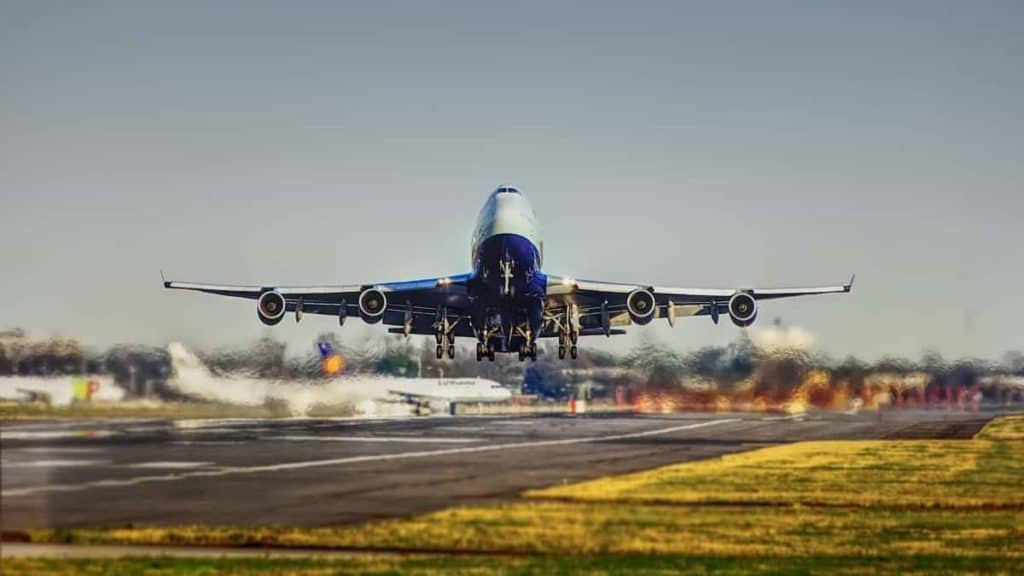
Bar far the most well-known airplane type the world over. Dominated by Boeing and Airbus, the commercial passenger airplane market has allowed the world to become a much smaller place. From quick inter-city hops to 16-hour trans-pacific hauls, there is a commercial passenger plane to fit every route.
Types of Commercial Passenger Airplanes:
2. Business and Private Airplanes
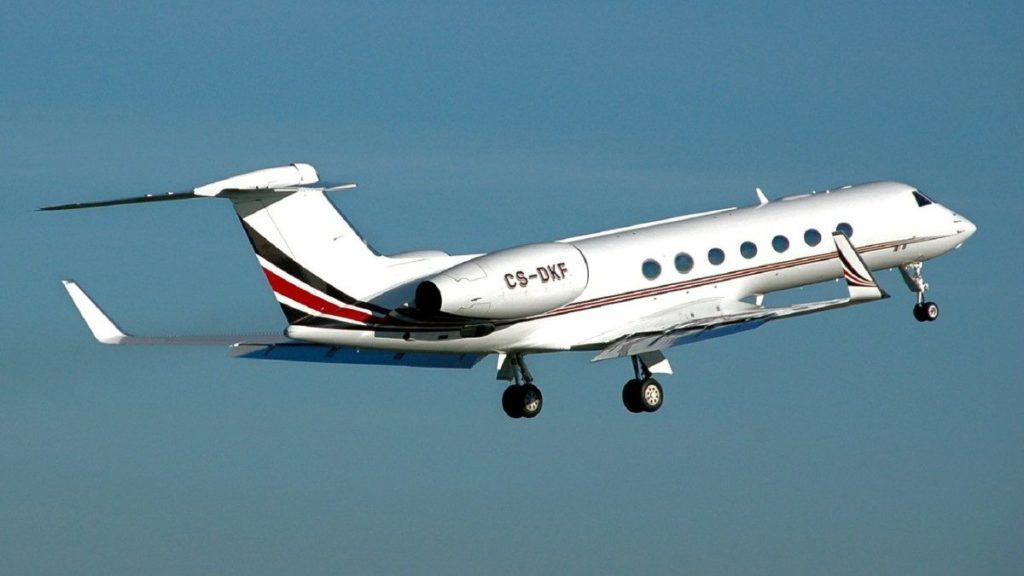
When time is money there is no better or more economical way to travel than via a private jet. Whether the passengers are a wealthy family or a gathering of company executives, the ‘Biz Jet’ market has seen rapid growth over the last few decades.
With Light Jets that seat only a few passengers, up to a full Boeing 747 VVIP airplane, the only limiting factor to the airplane’s size and luxury is the size of the owner’s budget.
Types of Business/Private Airplanes:

Join My Newsletter & Get Great Tips, Information and Experiences To Help You Become a Superb Pilot!
3. Commercial Cargo Airplanes
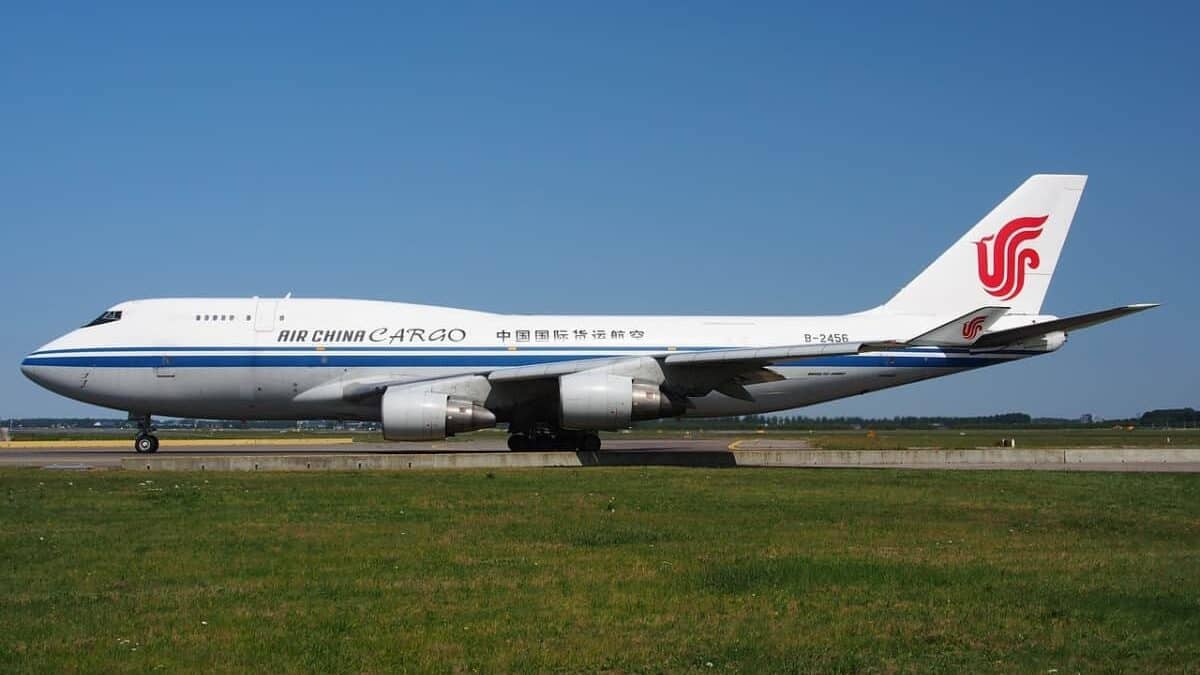
When packages and items are needed across the globe within days the only way to accomplish this is by cargo airplane. With over 35% of the world’s commerce moved by cargo airplane every year the volume of shipped goods is unimaginable!
Whether the airplane is packed full of individual packages or contains an entire aircraft fuselage like the Airbus Beluga at the very top of this article, these airplanes allow society to have what they want, when they want.
Types of Cargo Airplanes:
4. Training Airplanes
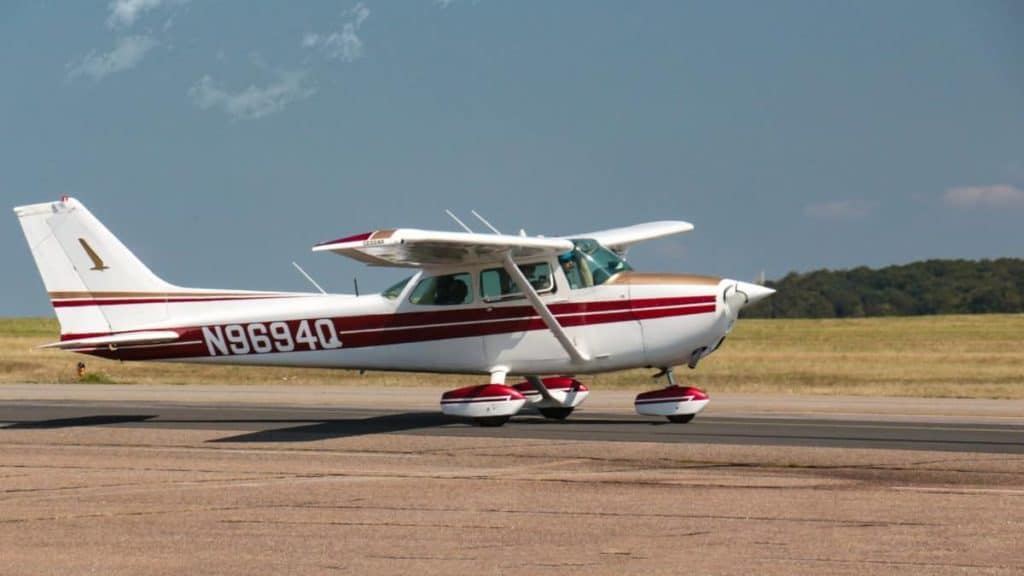
When learning to fly, a stable, forgiving, and easy-to-master airplane is key for any new pilot. Leading the way in training and personal aircraft for decades is Cessna. Their range of airplanes allows for flight schools to select the most bare-bones basic airframe, to advanced, glass cockpit IFR-capable aircraft.
In recent decades many more manufacturers have joined the training aircraft market with some incredibly affordable airplanes making the joy of learning to fly cheaper so that more people can fulfill their dream of becoming a pilot.
Types of Training Airplanes:
5. Utility/Aerial Work Airplanes
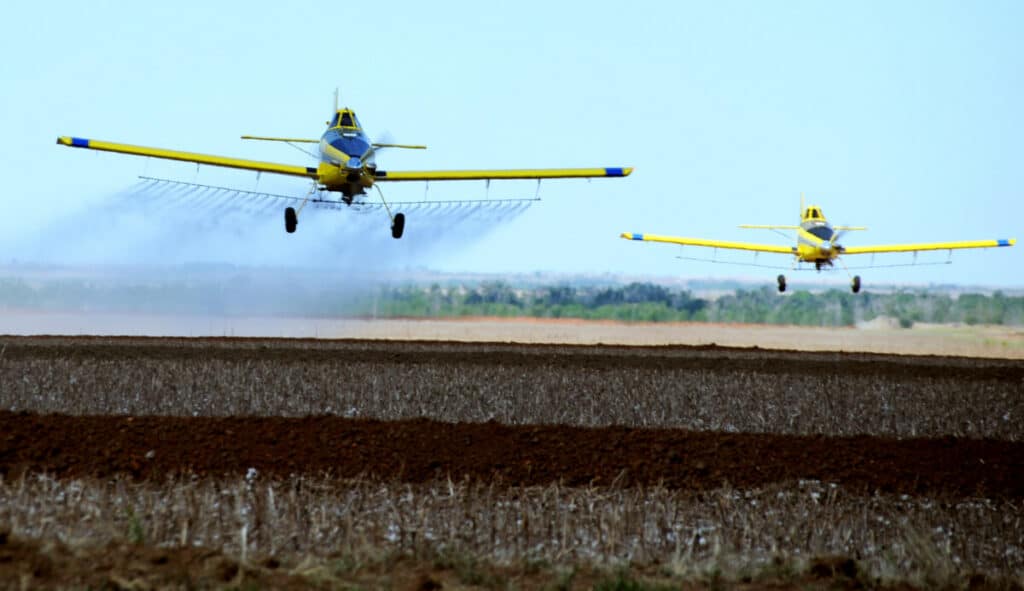
When airplanes are needed to complete a specific task they have usually been purposely designed to do it well. Whether crop spraying, fighting wildfires, towing banners down a beach, or allowing parachutists to exit from 15,000ft, there is an airplane for the job.
Many airplanes get modified from popular airframes to enable the task to either be completed safer or with more efficiency. When these types of airplanes are put to work they need to be as efficient as possible.
Types of Aerial Work Airplanes:
6. Amphibious Airplanes

Amphibious airplanes are those that can use either water or land as their primary operating surface. These types of airplanes will have boat-like hull or floats instead of wheels that allow them to safely land on water. When required to land on tarmac, retractable wheels will deploy to raise the floats or fuselage off the ground.
This type of airplane is commonly used for personal and commercial use where there is a lot of lakes or ocean, but some of the most iconic amphibious airplanes are the ones used for fighting wildfires like the CL-415 above.
Based at land-based airports, these aircraft will be flown at speed onto a body of water to ‘Scoop’ up water. Once full, the pilots will then deliver that water to a wildfire via controllable doors on the underside of the aircraft.
Types of Amphibious Airplanes:
7. Aerobatic Airplanes
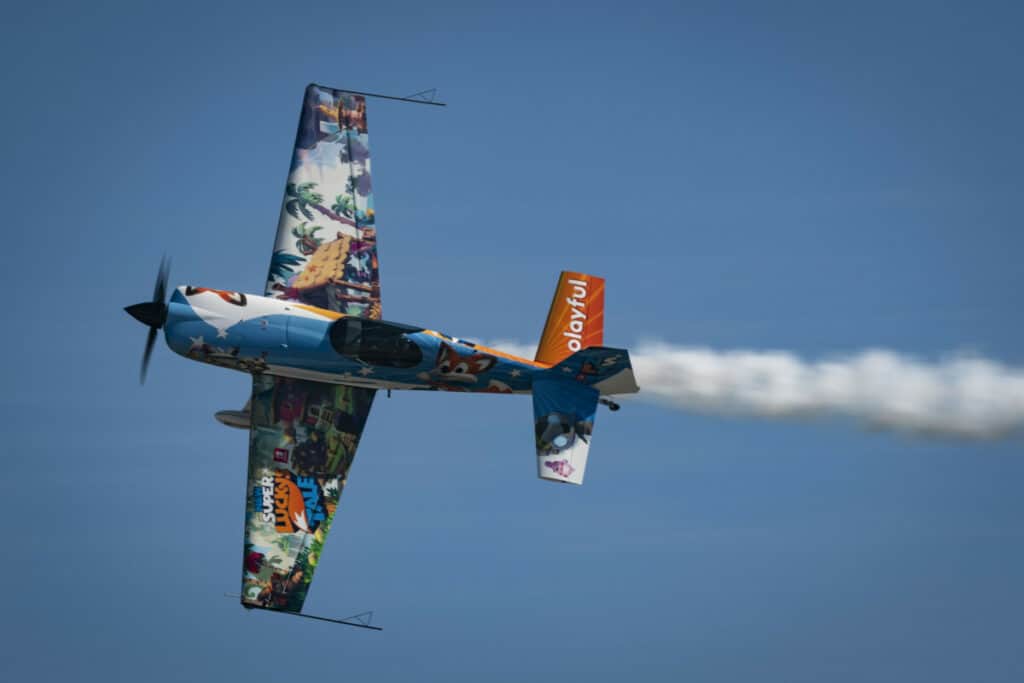
Airplanes specially rated for carrying out aerobatic maneuvers such as barrel rolls, loops, chandelles, and prolonged inverted flight. These airplanes are light, strong, made to withstand high “G” forces and are highly maneuverable.
Most aerobatic airplanes are designed purely for this task with pressurized fuel and oil systems to be able to operate in any orientation and some are purposely aerodynamically unstable to allow the pilots to put them into incredible maneuvers for the delight of the crowd.
Most are also fitted with a smoke kit that injects dye into the exhaust gas of the engine as it leaves the aircraft adding to the ‘Wow’ factor during their displays.
Types of Aerobatic Airplanes:
Types of Airplane Based on Number of Wings
Aircraft can also be classed by their wing type. There are 4 main types:
1. Flying Wing
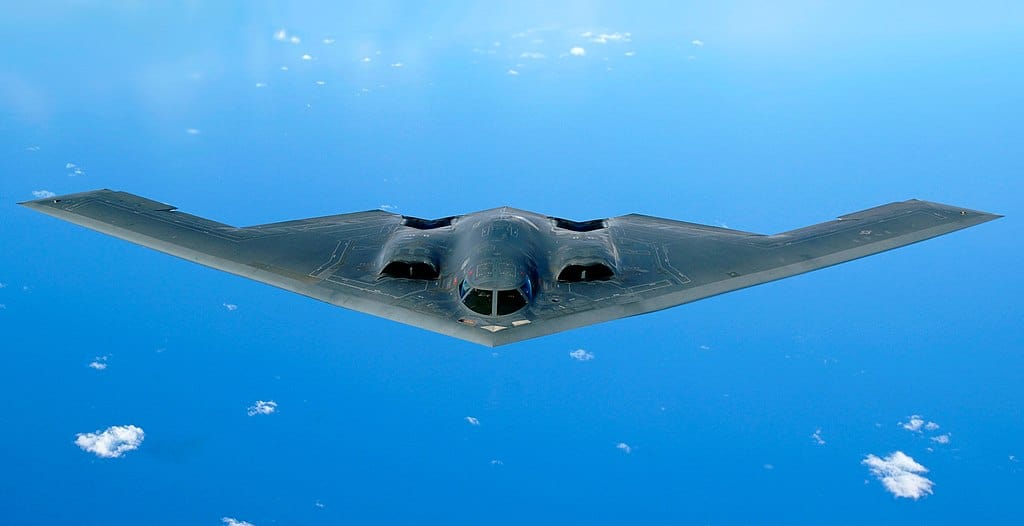
When the entire aircraft is made up of just the wing. The engines, cockpit, and main fuselage are all incorporated into the wing providing a very unique aircraft. The absence of a tail and rudder makes the flight controls of these aircraft incredibly complex and as such are primarily limited to the military due to the intense research, design, and manufacturing costs. This type of airplane are a marvel of engineering!
The main advantage of this type of design is its stealth capabilities making it practically invisible to enemy radar.
2. Monoplane
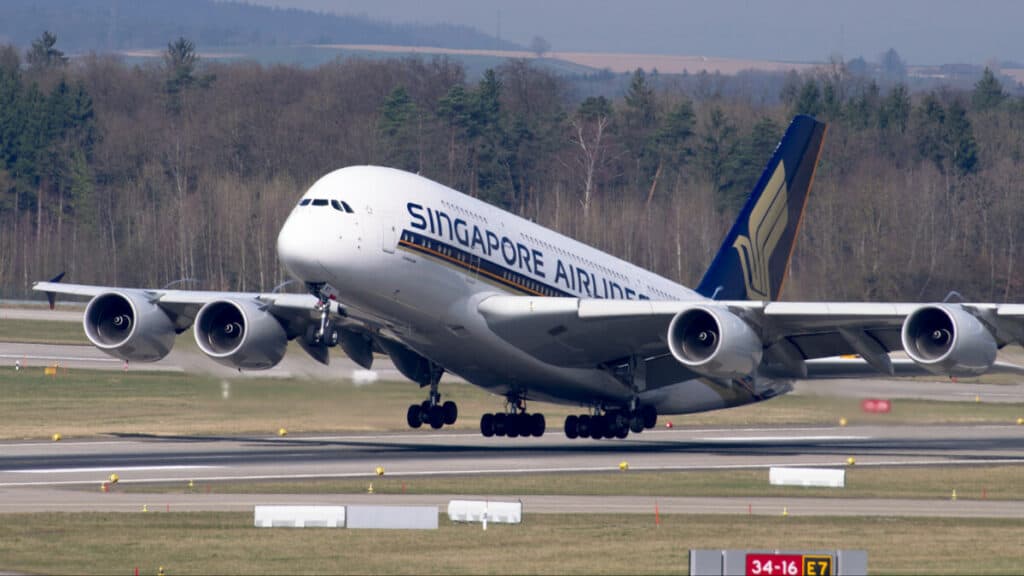
Airplanes having only one pair of wings are termed as monoplanes. All modern airplanes have this single pair of wings configuration and the wings can be mounted either below or above the fuselage. It is the most common type of airplane design as it provides the most amount of lift, for the least amount of drag and cost.
2. Bi-Plane
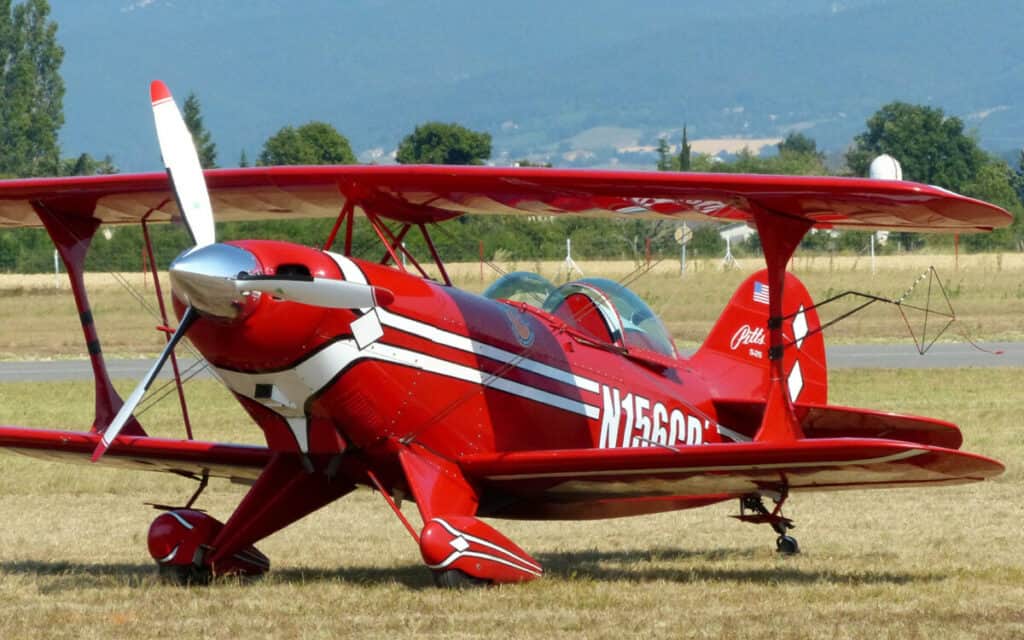
Airplanes with 2 sets of wings, one over the top of the fuselage and another under the bottom are termed as bi-planes. Bi-planes were first developed during the early twentieth century and used extensively during WWI. As technology advanced, the bi-plane became an obsolete design but with modern design & materials, they have seen a comeback in the aerobatic display sector.
The bi-plane design allows for a large wing surface area in a small footprint.
4. Tri-Plane
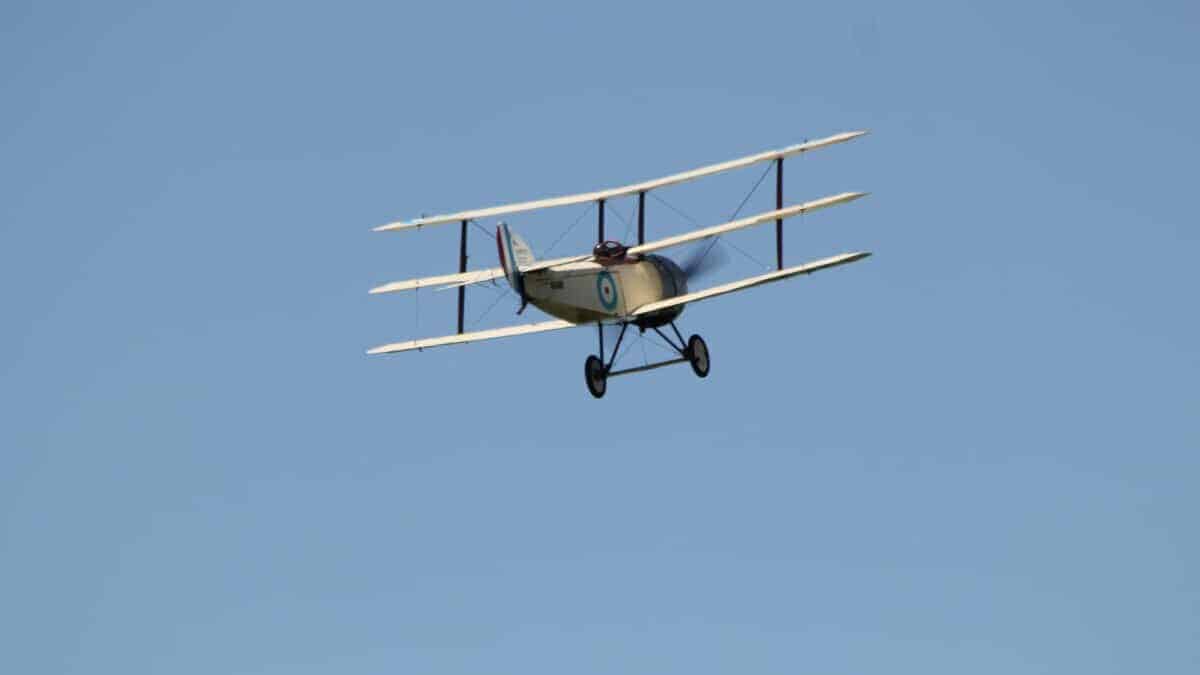
The very earliest designs of airplanes needed to create a large wing surface area to produce enough lift. The infancy of aerodynamic wing design was still not fully understood so stacking 3 wings on top of one another was the best way to keep the wings small enough to remain strong when in flight.
These were also the main combat aircraft during WWI, with a propellor-drive machine gun mounted above the engine and geared to ensure no bullet would fire through the propellor.
If you would like to know more about aircraft based on Engine Type please see this article:
What are the Different Types of Aircraft Engine?

